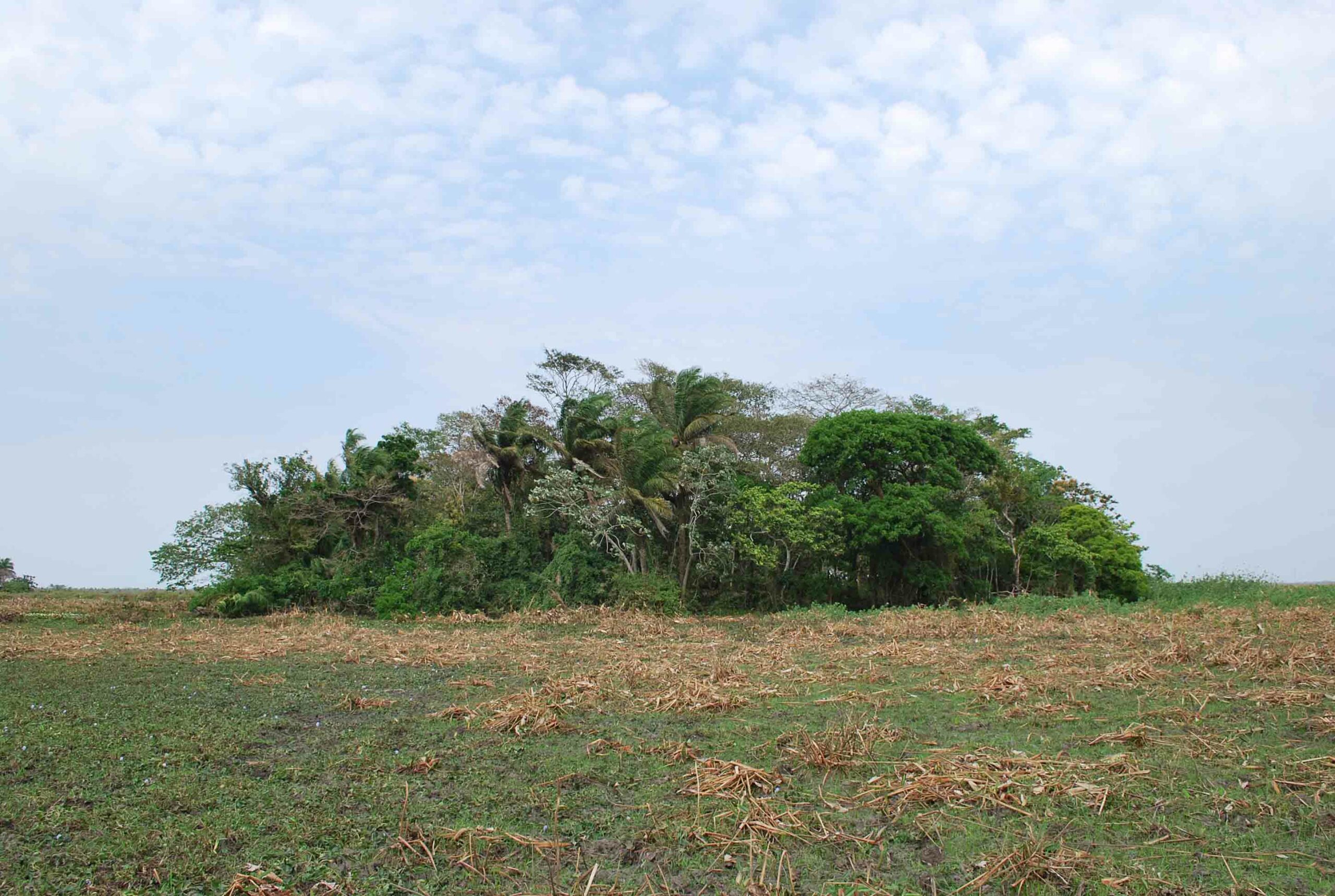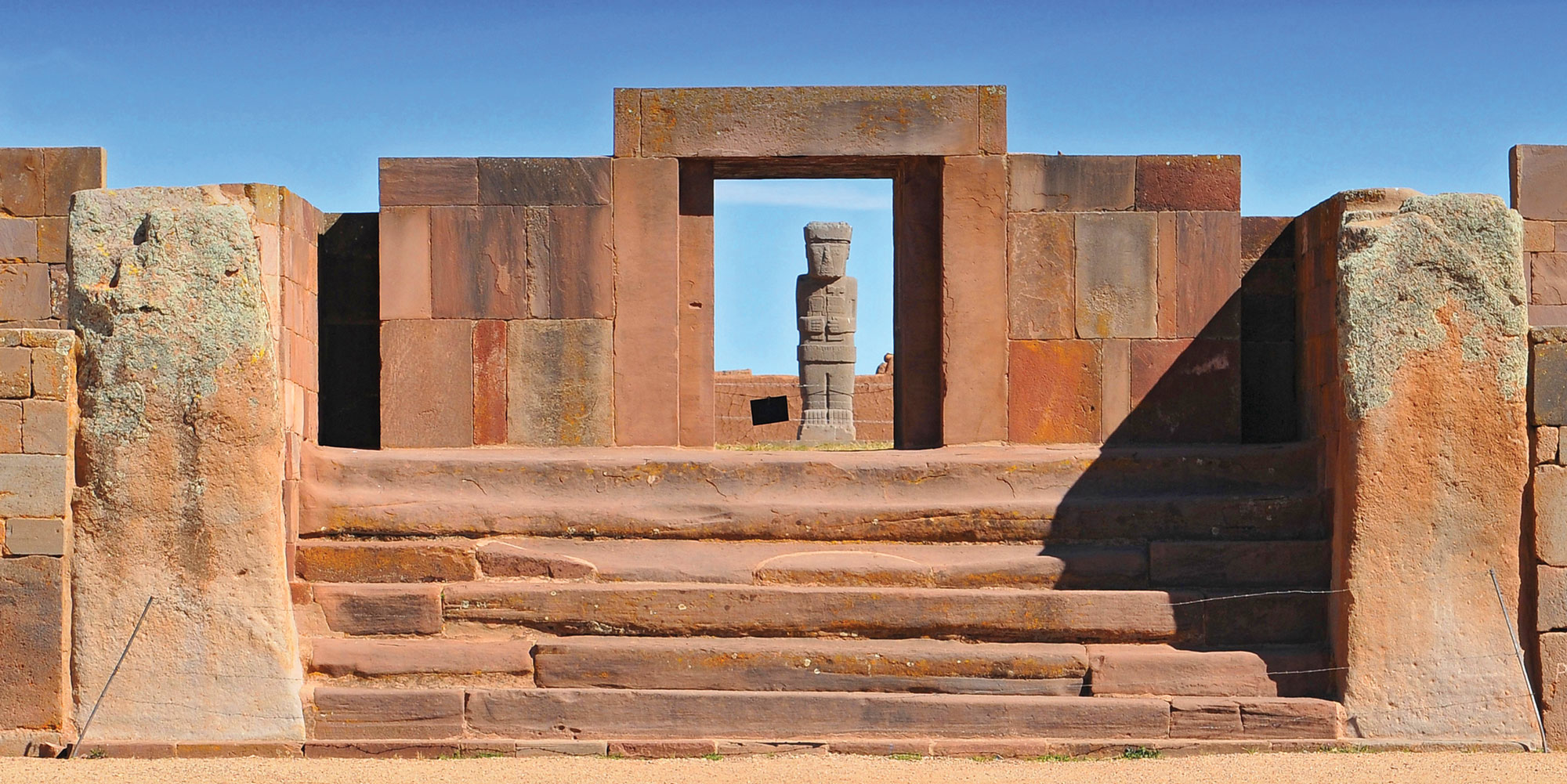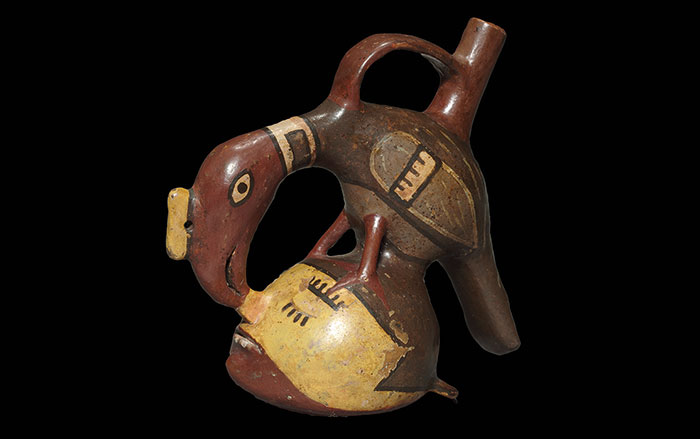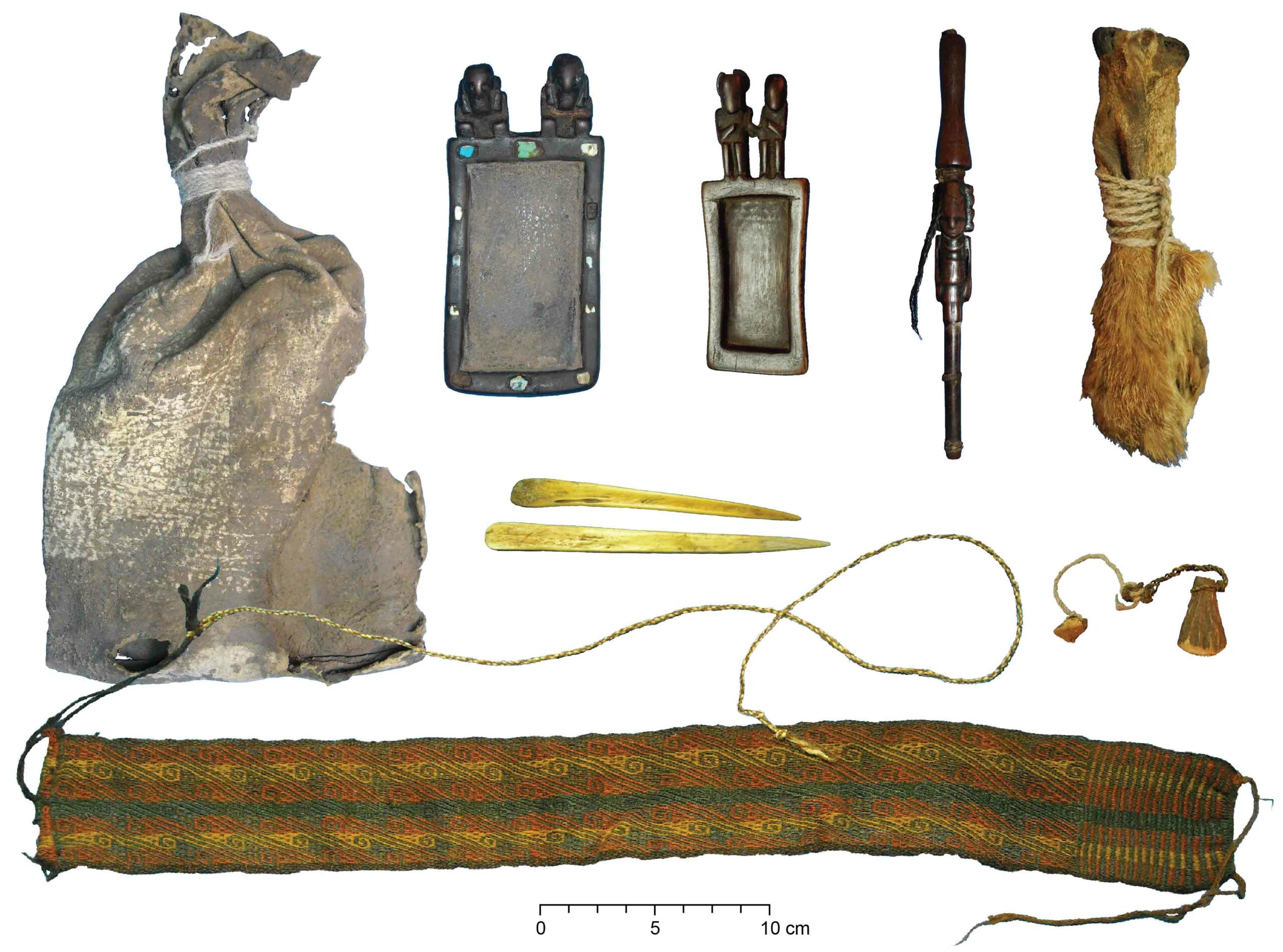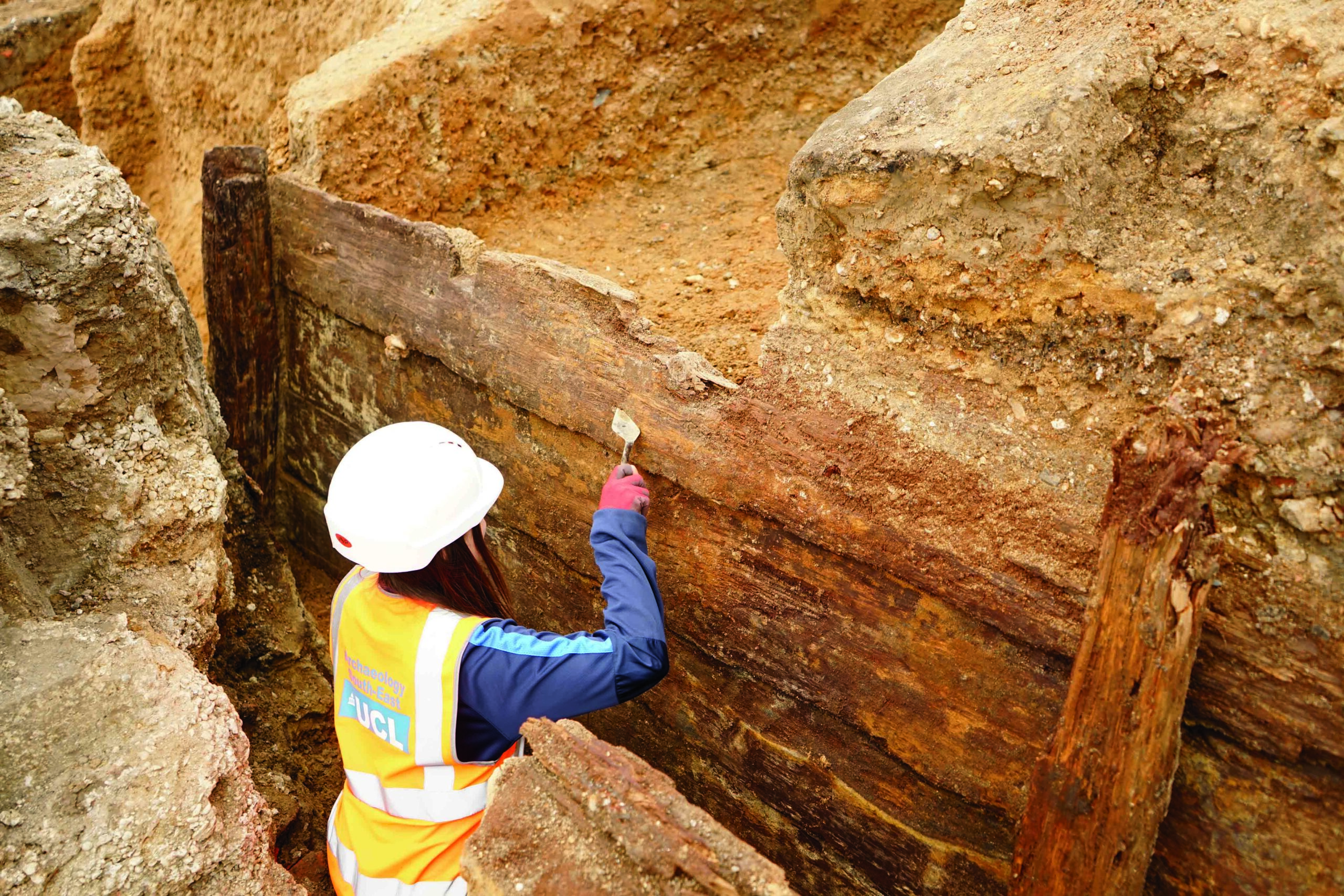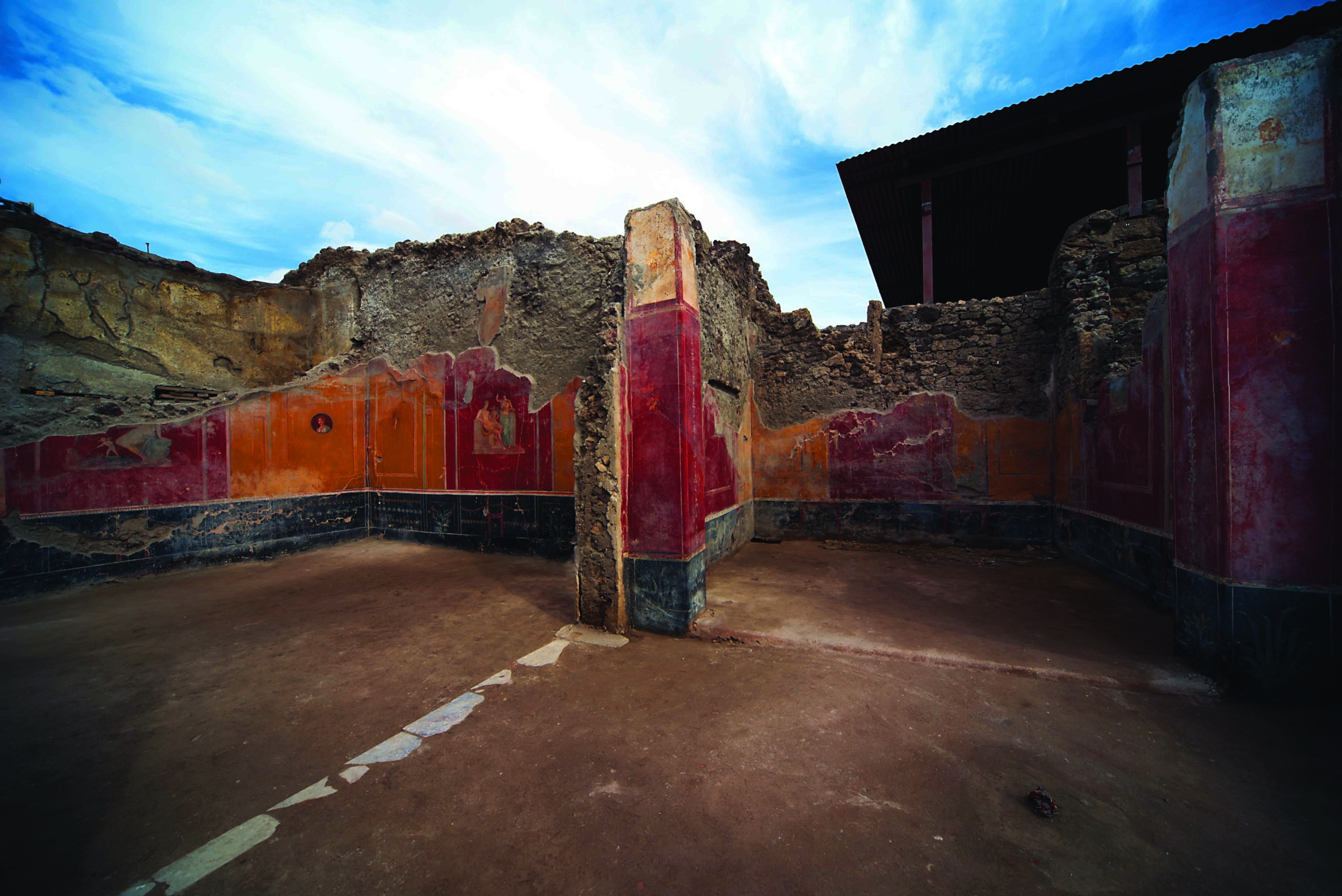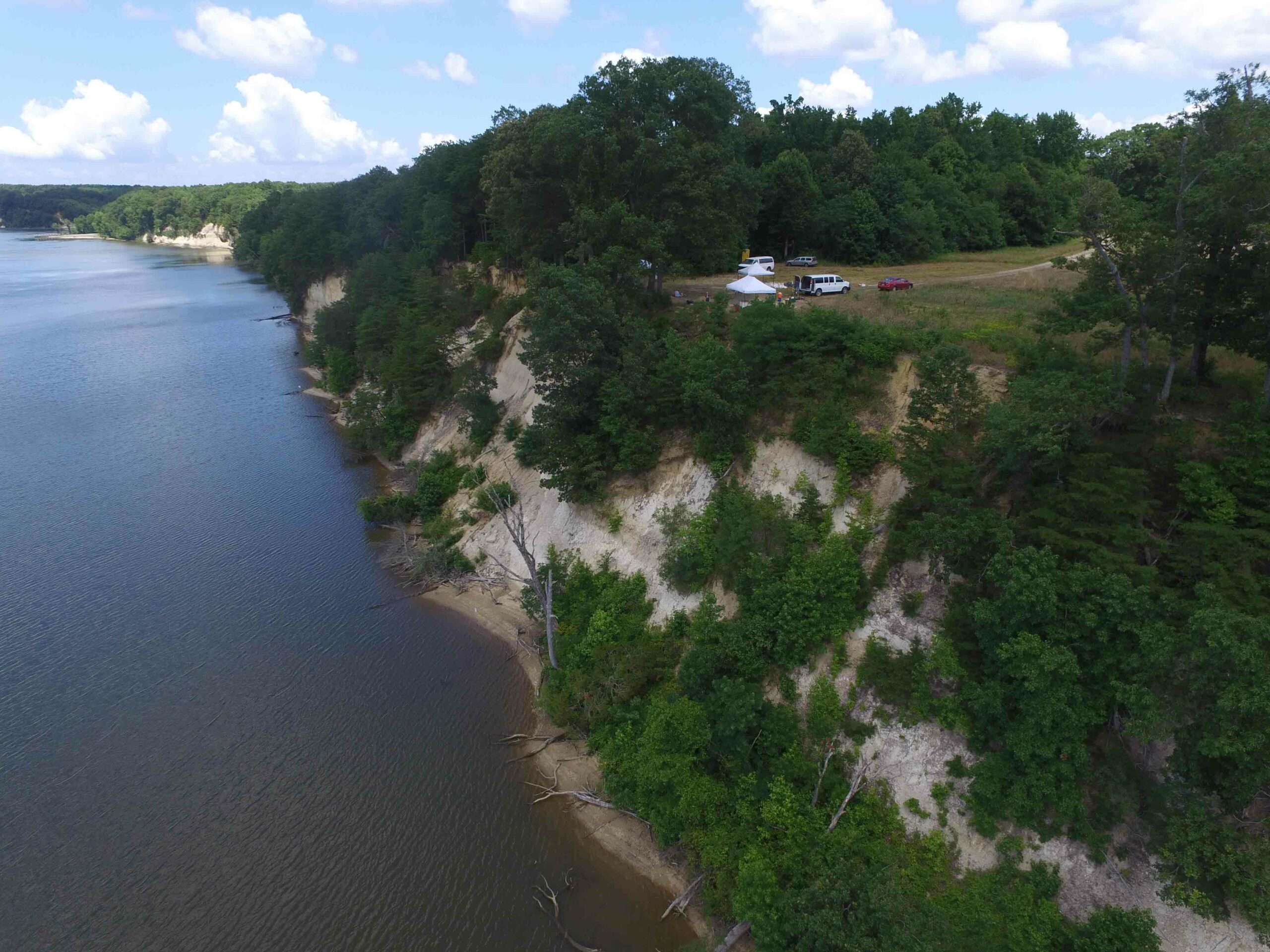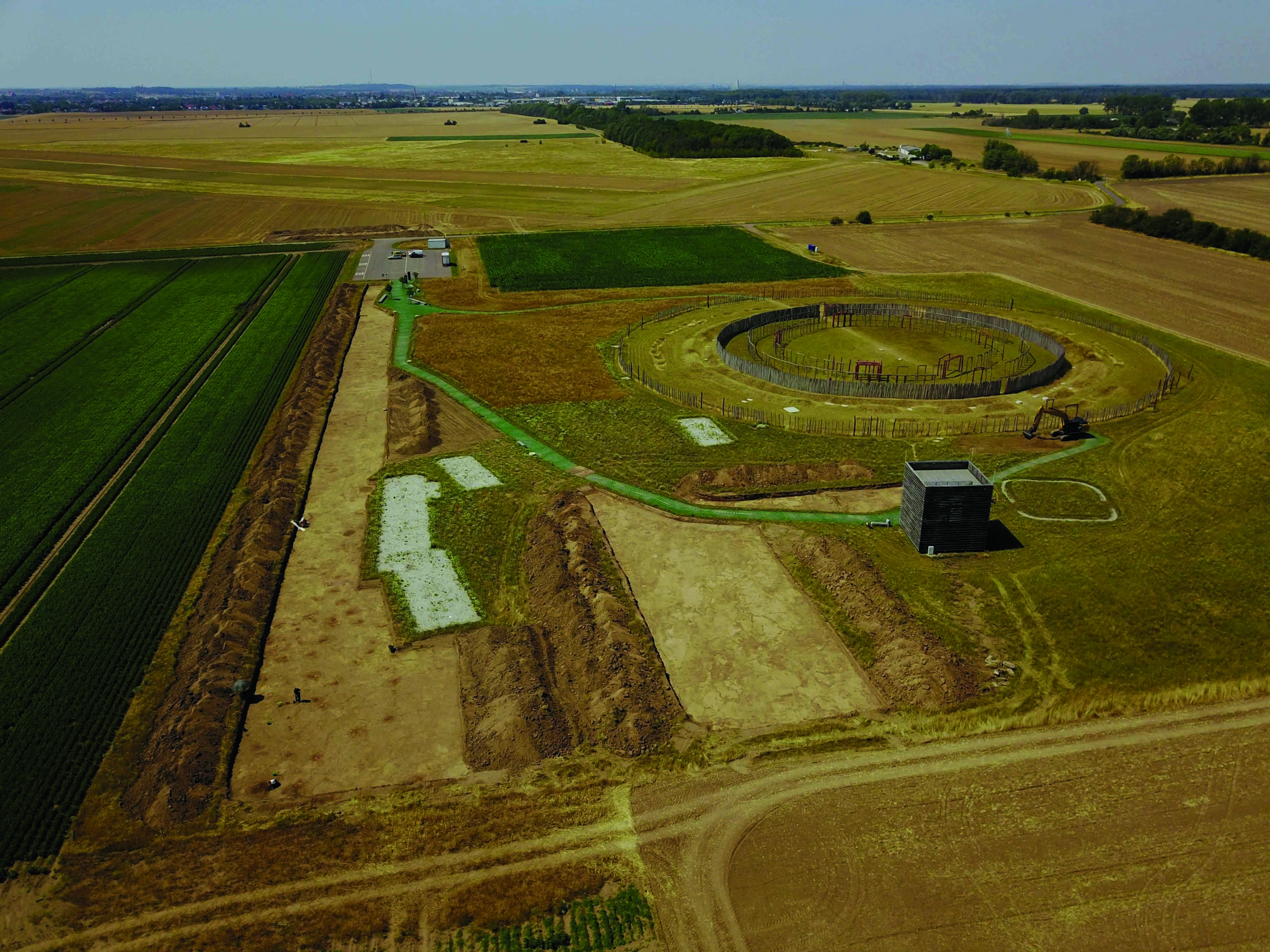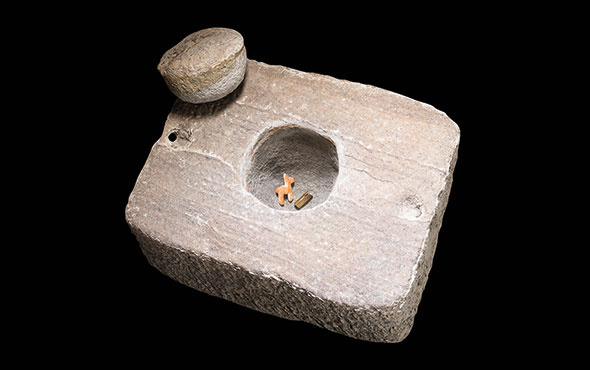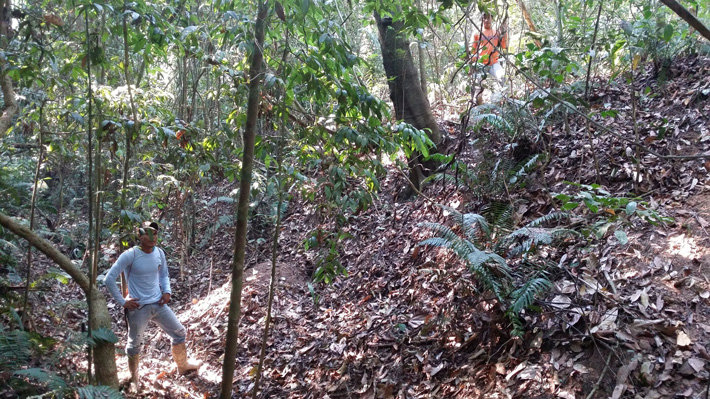
EXETER, ENGLAND—According to a statement released by the University of Exeter, evidence for the construction of a wooden fence around a village site and its fields of Amazonian Dark Earths (ADEs) has been uncovered at the Versalles archaeological site, which is located along the Iténez River in Bolivia, by an international team of researchers and members of the modern Versalles community. The cultivation of maize, manioc, and fruit required the enrichment of nutrient-poor tropical soils over generations through burning, mulching, and the addition of organic waste products. Defensive ditches and embankments have previously been found around such enriched soil in Amazonia, but the researchers said that this is the first time that decayed traces of a wooden palisade have been detected in an Amazonian fortification ditch. Further analysis suggests that the people who lived at Versalles began to enrich the earth around 500 B.C., and that they first surrounded their village with defensive structures around A.D. 1300, a time of social unrest in Amazonia. The palisade was eventually added to the ditch between 1628 and 1803. For more on ADE development, go to "Dark Earth in the Amazon."


